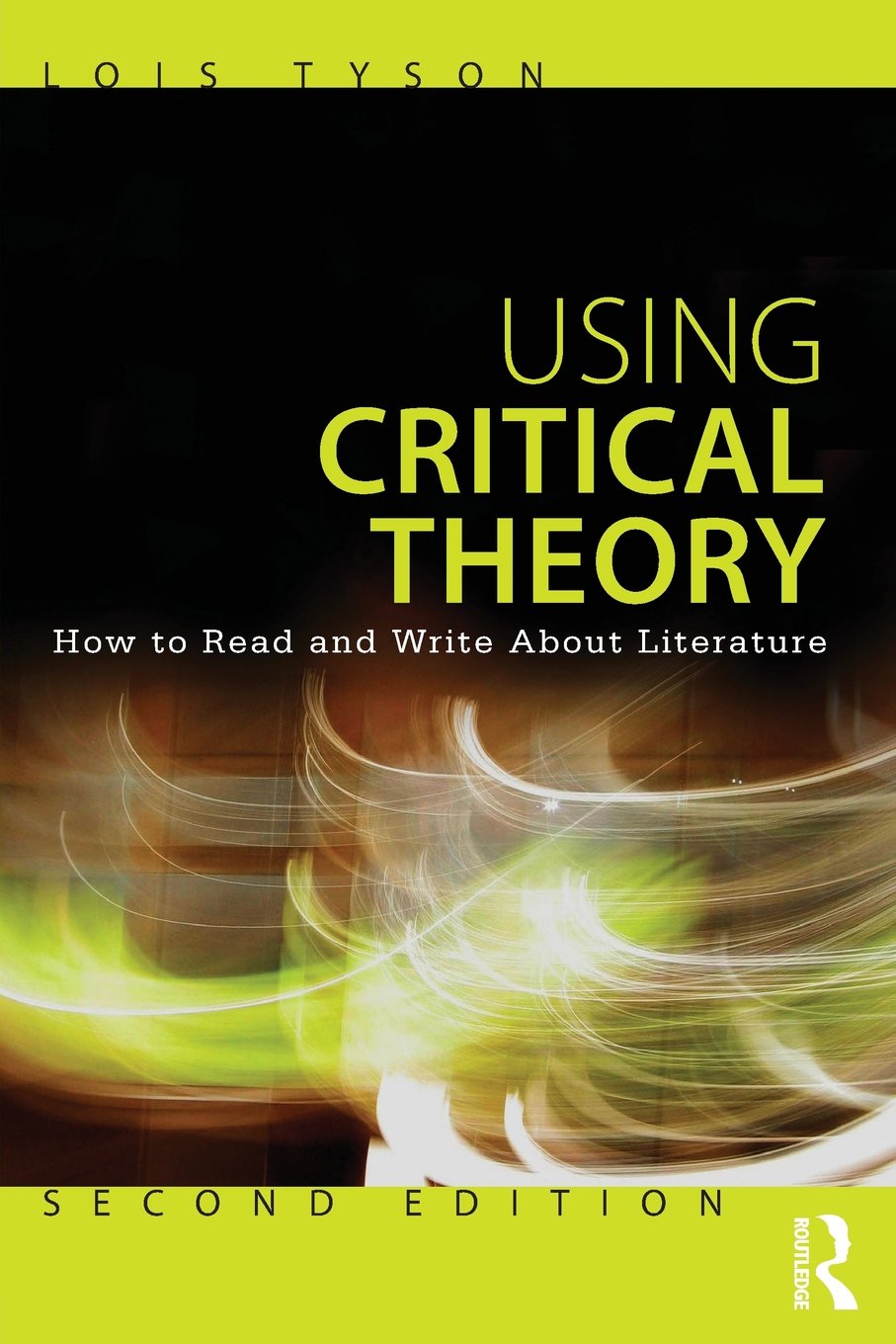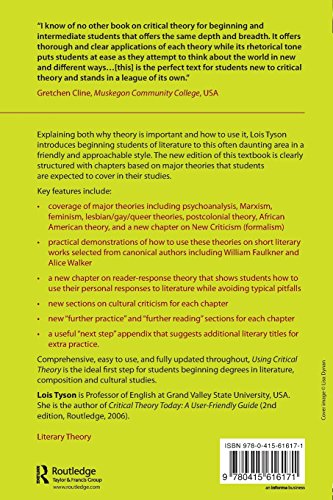Using Critical Theory: How to Read and Write About Literature
Using Critical Theory: How to Read and Write About Literature is backordered and will ship as soon as it is back in stock.
Couldn't load pickup availability
Genuine Products Guarantee
Genuine Products Guarantee
We guarantee 100% genuine products, and if proven otherwise, we will compensate you with 10 times the product's cost.
Delivery and Shipping
Delivery and Shipping
Products are generally ready for dispatch within 1 day and typically reach you in 3 to 5 days.
Book Details:
-
Book Title: Using Critical Theory
-
Author: Lois Tyson
-
Publisher: Routledge
-
Language: English
-
ISBN: 9780415616171
-
Pages: 368
-
Binding: Paperback
-
Edition: 2
-
Release Date: 01-06-2011
-
Package Dimensions: 8.9 x 5.9 x 1.0 inches
About the Book:
Using Critical Theory by Lois Tyson is a comprehensive and accessible textbook designed to introduce students of literature to the key theoretical frameworks that shape literary analysis. This second edition presents major critical theories in a clear and approachable manner, making them accessible to beginners while providing in-depth coverage for more advanced readers.
Tyson's approach helps demystify complex ideas and shows students how to apply these theories to literary works. Each chapter is focused on one major theory, such as psychoanalysis, Marxism, feminism, queer theory, postcolonial theory, and African American theory, among others. The book also includes a new chapter on New Criticism (formalism) and an updated section on reader-response theory, guiding students on how to use their personal responses to literature effectively while avoiding common mistakes.
The new edition is further enhanced with:
-
Practical demonstrations of how to apply these theories to short works by canonical authors like William Faulkner and Alice Walker.
-
New sections on cultural criticism to offer a more comprehensive understanding of the different literary contexts.
-
Further practice and reading sections at the end of each chapter, guiding students to deepen their understanding and continue their learning independently.
-
A "next step" appendix suggesting additional literary titles to practice with.
Key Features:
-
Covers major theories including psychoanalysis, Marxism, feminism, postcolonial theory, and African American theory, with an additional chapter on New Criticism.
-
Practical applications of theory on works by authors like Faulkner and Walker.
-
Updated sections on reader-response theory and cultural criticism.
-
A new "next step" appendix with additional reading recommendations.







